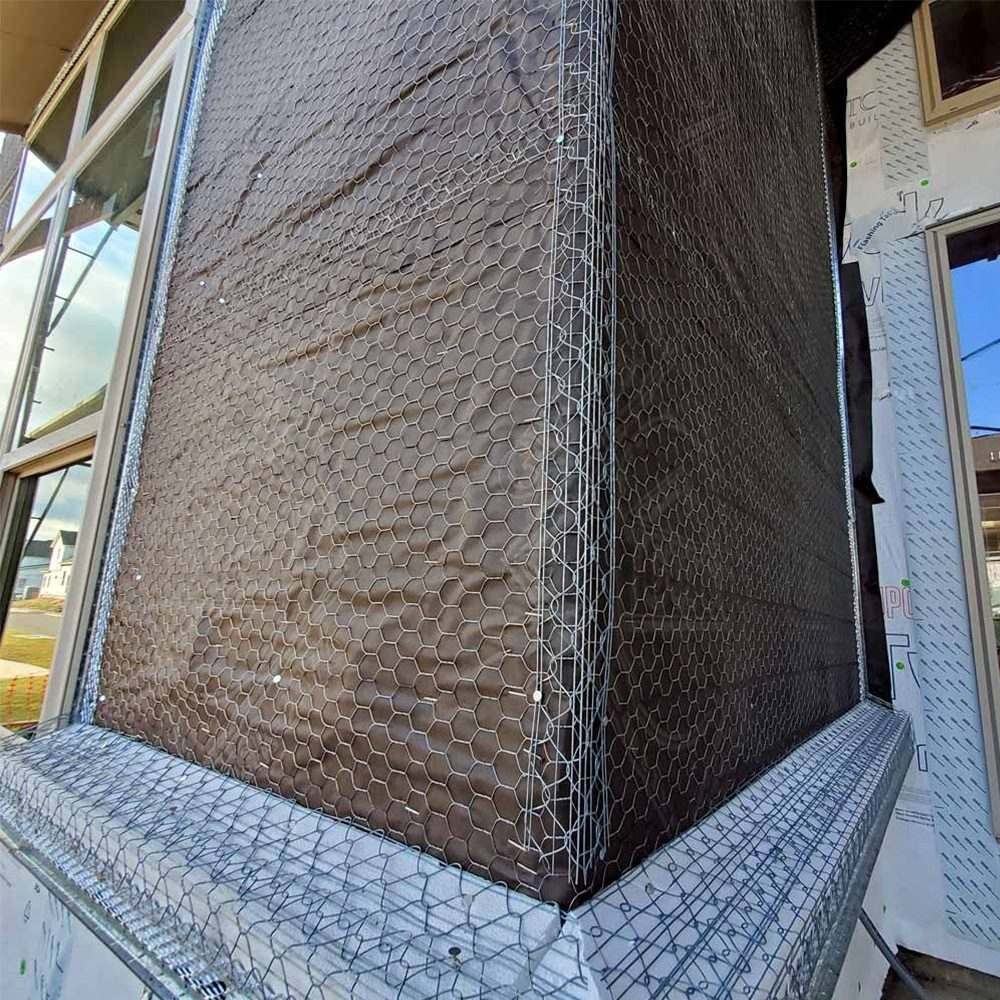Essential Components for Installing Cyclone Fence Hardware Effectively and Efficiently
Nov . 06, 2024 09:37
Understanding Cyclone Fence Hardware A Comprehensive Guide
When it comes to securing properties, cyclone fencing stands out as one of the most popular choices due to its durability, affordability, and versatility. Central to the effectiveness of cyclone fencing is its hardware, which is essential for the proper installation and maintenance of the fence. In this article, we will explore the various components of cyclone fence hardware, their functions, and tips for a successful installation.
What is Cyclone Fencing?
Cyclone fencing, also known as chain-link fencing, is constructed from interlocking steel wires woven together to form a diamond pattern. This type of fencing is ideal for a variety of applications, including residential, commercial, and industrial settings. It provides visibility while maintaining security and is often coated with galvanized or PVC to resist corrosion.
Key Components of Cyclone Fence Hardware
1. Fence Posts The backbone of any cyclone fence system, posts are vertical supports that hold the fencing in place. There are typically three types of posts terminal posts (located at the ends of runs), corner posts (at the corners of the fence), and line posts (spaced evenly along the fence line). Posts can be made from galvanized steel or coated to prevent rusting.
2. Top Rail The top rail runs horizontally at the top of the fence, providing structural integrity and support to the fencing material. The top rail is attached to the posts using special connectors, allowing for height adjustments and ensuring the fence maintains its shape.
3. Chain Link Fabric This is the actual fencing material that provides the main barrier. The chain link fabric comes in various gauges and heights, allowing for customization according to the security needs. Higher gauges offer more strength, while the width can adjust for various uses, from gardens to security fences.
4. Tension Wire Usually installed at the bottom or top of the chain link fabric, tension wire helps maintain the shape of the fence and keeps the fabric taut. This prevents sagging, which can compromise security and aesthetics.
5. Tension Bands and Clips These small but critical pieces of hardware secure the chain link fabric to the fence posts. Tension bands hold the fabric tightly against the post, while clips provide additional support. They help ensure that the fabric is sturdy and less likely to become loose over time.
6. Gates A useful addition to any fencing system, gates allow for controlled entry and exit. Gates can be made from chain link fabric or other materials and are typically fitted with hinges and locks for security.
cyclone fence hardware

7. Barbed Wire For enhanced security, barbed wire can be mounted on top of cyclone fencing. It serves as a deterrent against intruders and adds an extra layer of protection.
Installation Tips
1. Planning Before installation begins, it's essential to plan the layout of the fence. Measure the area to determine the number of posts, the spacing between them, and where gates should be installed.
2. Choosing the Right Location Ensure that the fence is placed within property boundaries and not on or beyond easements, as this could lead to legal issues down the road.
3. Proper Tools Have the right tools on hand, including a post hole digger, level, pliers, and a concrete mixer if anchoring posts with concrete.
4. Setting Posts Posts must be installed deep enough to ensure stability—about a third of the post should be buried in the ground. Use a level to ensure the posts stand straight before filling the hole with concrete.
5. Attaching Chain Link Fabric Unroll the chain link fabric along the installed posts and use tension bands to attach it securely. Make sure to pull it taut to prevent slack.
6. Maintenance Check Once installed, regularly check the fence for any signs of wear or damage. Keeping the hardware intact will ensure the long-term durability of the cyclone fence.
Conclusion
Cyclone fence hardware plays a crucial role in the effectiveness and longevity of fencing installations. By understanding the various components and their functions, property owners can ensure that their cyclone fence provides the security and containment they need. With careful planning and proper installation techniques, a cyclone fence can be a valuable asset for years to come.




















